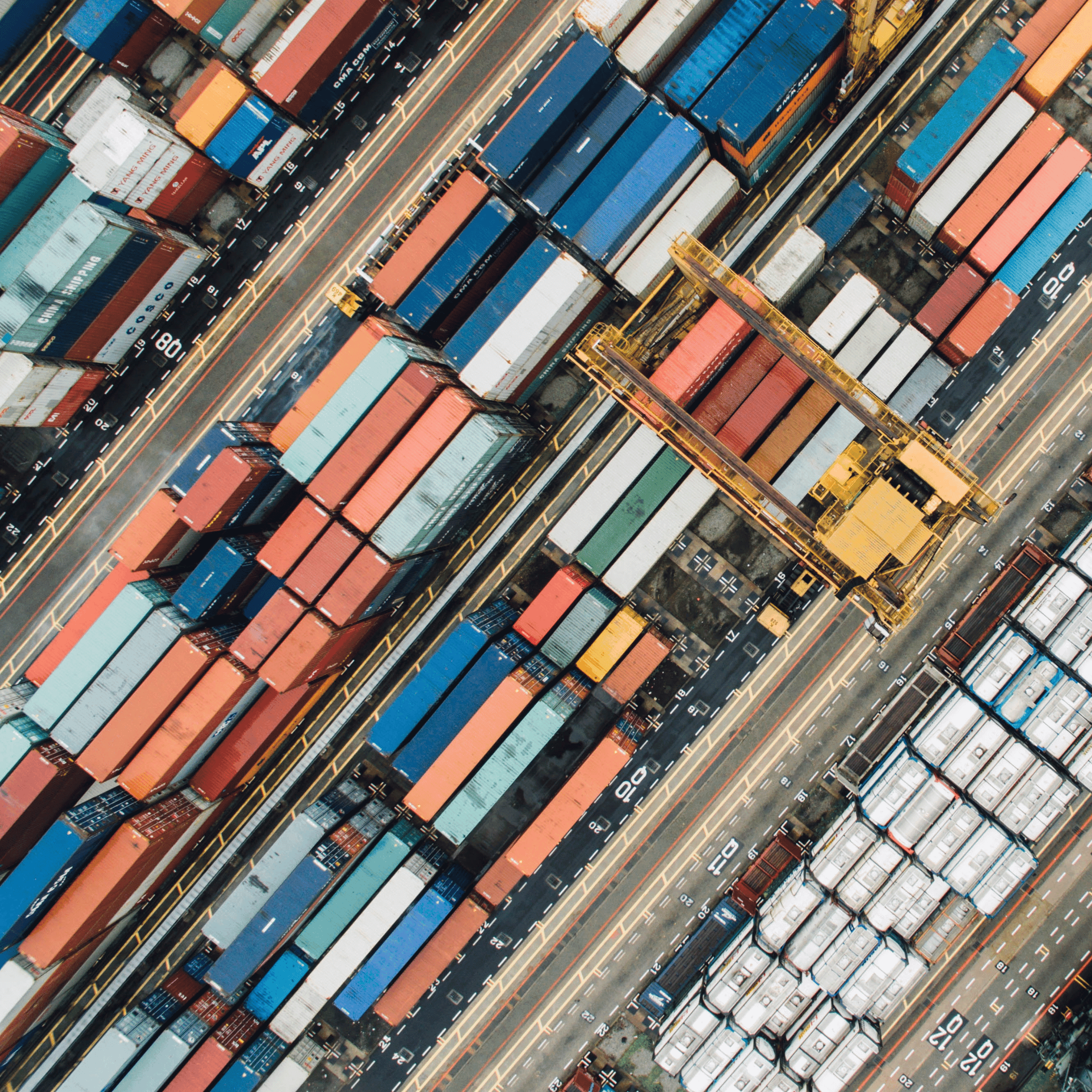Historic Surge at America’s Busiest Port
In June 2025, the Port of Los Angeles reported its busiest June on record, processing over 892,340 twenty-foot equivalent units (TEUs). This marked an 8% year-over-year increase and continued a trend of rising container volumes driven by a combination of tariff-related front-loading, supply chain recalibration, and seasonal retail demand.
This surge comes at a pivotal moment for U.S. supply chains, as importers race to bring goods into the country ahead of expected tariff increases set to take effect later this summer. For 3PL providers, freight forwarders, and importers, this spike offers clear signals about market dynamics, operational pressures, and what to expect in the months ahead.
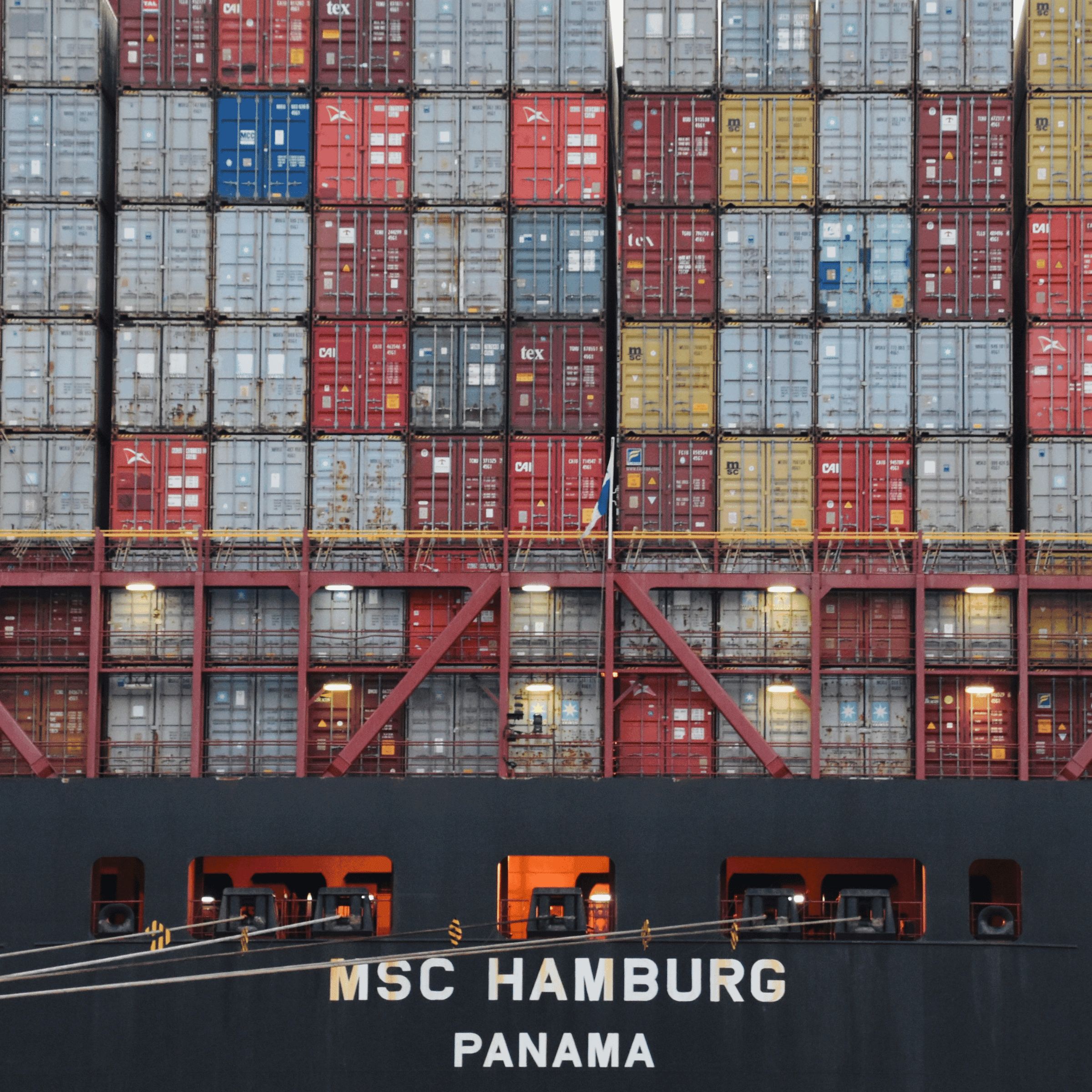
Why Container Volumes Are Surging: The Tariff Effect
1. Front-Loading Ahead of Tariffs
The primary driver of this increase is front-loading, a strategy importers use to accelerate shipments before tariffs take effect. With new tariffs on Chinese goods expected in August 2025, many retailers and manufacturers rushed to move inventory through the Port of Los Angeles to avoid potential cost increases.
Port of Los Angeles Executive Director Gene Seroka has referred to this phenomenon as a "tariff whipsaw effect." This pattern, where companies rapidly pull forward inventory to sidestep trade policy risks, has created notable spikes in container throughput in specific months — with June standing out as a peak period this year.
2. Retailers Preparing for Peak Season
Beyond tariffs, June is typically a month where retailers begin positioning inventory for the back-to-school and holiday shopping seasons. This year, these preparations were amplified by tariff uncertainty, driving higher volumes than usual.
3. Temporary Tariff Reductions Encourage Imports
A brief reduction in tariffs, with rates dropping from 145% to approximately 45% on certain goods, gave importers a short window of opportunity to boost shipments. Many companies took advantage of this pause to solidify inventory positions while costs remained lower.
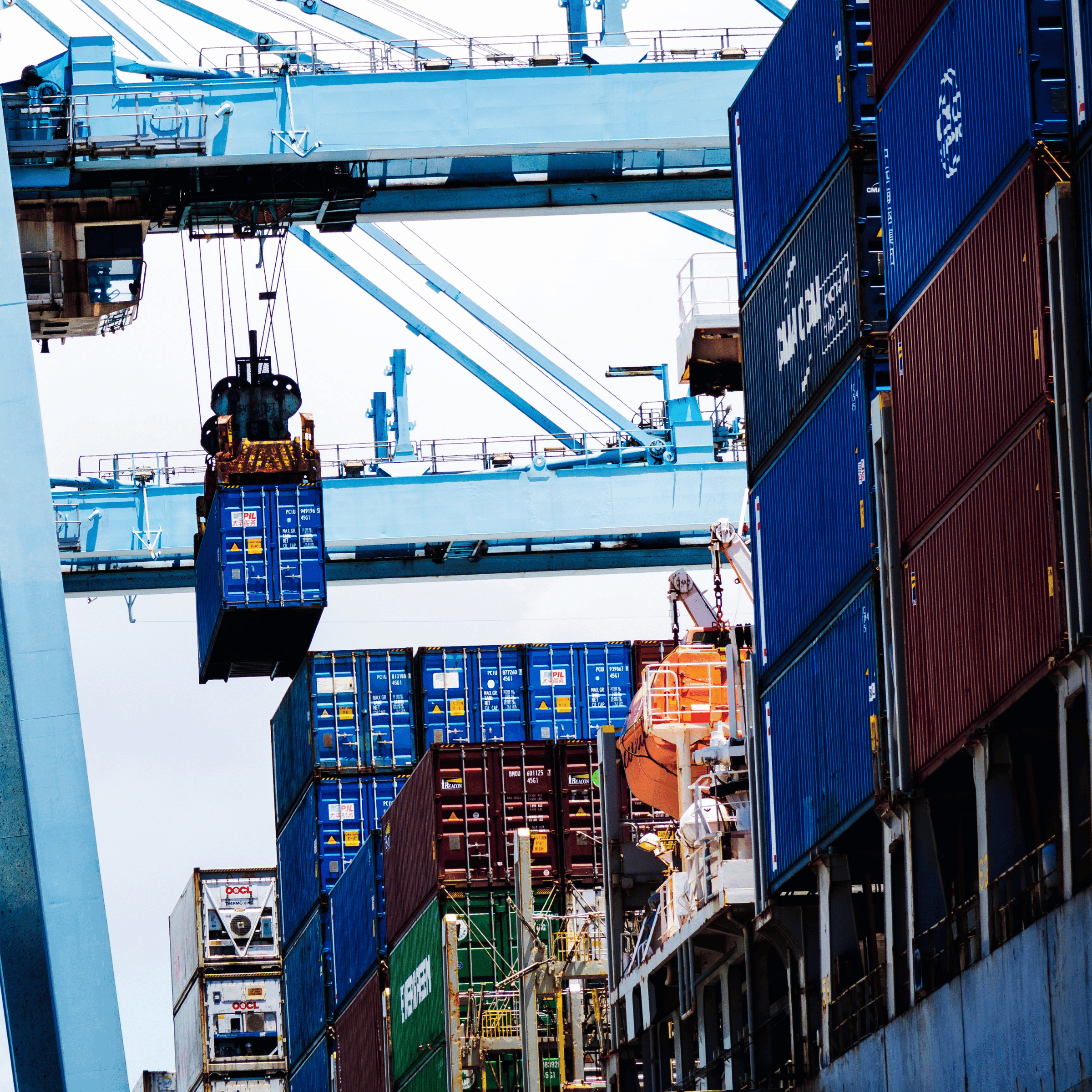
Breakdown of June 2025 Port Volumes
In total, the Port of Los Angeles handled:
- 470,450 loaded import TEUs (a 10% increase year-over-year)
- 126,144 loaded export TEUs (a 3% increase)
- 295,746 empty TEUs (a 7% increase as containers repositioned to Asia)
These figures contributed to a cumulative 10.5 million TEUs handled for the fiscal year ending June 30, marking the third consecutive year the port has surpassed the 10-million-TEU threshold without experiencing major vessel backlogs.
The Operational Impact for 3PLs and Supply Chains
Increased Demand for Warehousing and Drayage
The record-breaking import volumes have intensified demand for container drayage services, transloading, and warehousing capacity across Southern California. 3PLs are reporting tighter warehouse availability, particularly for transloading and storage of retail goods arriving ahead of the peak shipping season.
Shifts in Freight Strategy
Many shippers are adjusting supply chain strategies to mitigate future disruptions:
- Diversifying supplier bases away from China toward Southeast Asia and Mexico
- Adjusting lead times and inventory strategies to account for fluctuating freight costs and potential delays
- Exploring alternative ports such as Houston and Savannah to reduce congestion risk on the West Coast
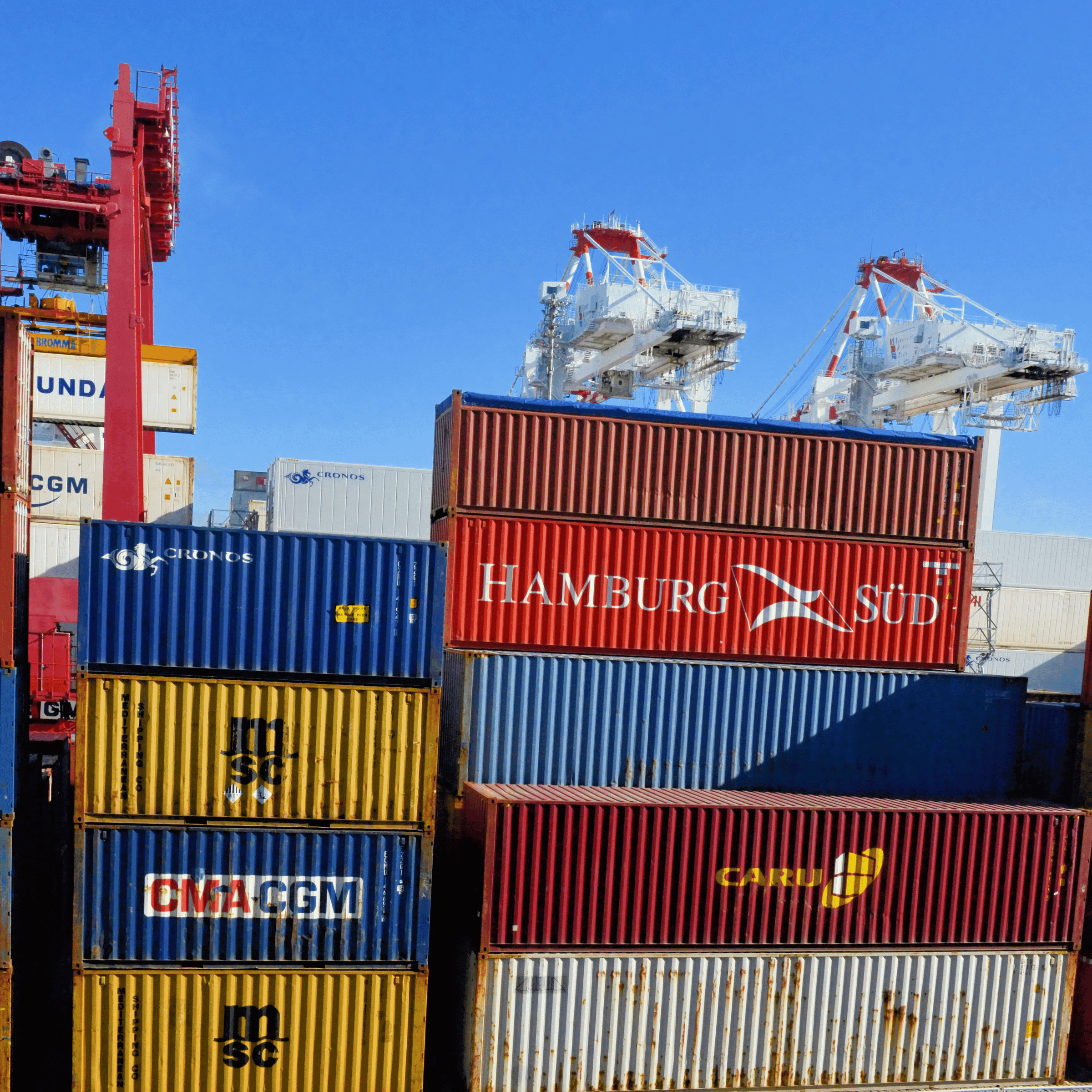
What to Expect in the Months Ahead
Volume Declines Forecasted Post-Tariffs
Industry forecasts indicate that the import surge will taper off significantly after August 1, 2025, when the next round of tariffs takes effect. The National Retail Federation (NRF) expects double-digit declines in container volumes for the remainder of the summer and early fall as importers scale back orders in response to rising costs and more uncertain demand.
Supply Chain Uncertainty Remains High
Even with front-loading complete, the global logistics landscape remains volatile. Potential tariffs on Vietnamese and European goods, coupled with ongoing geopolitical tensions, continue to cloud forecasts for Q4 2025 and into 2026.
Business Implications: Rising Costs and Operational Pressure
Escalating Freight Costs
Many importers have reported steep increases in freight expenses. For example, Yedi Houseware cited rates climbing from $1,500–$2,000 per container to $40,000–$50,000 as overlapping tariffs and surging demand drove up costs.
SKU Rationalization
Retailers and brands are prioritizing high-margin, fast-moving inventory, scaling back on discretionary products that carry lower margins or higher tariff exposure. This has resulted in reduced SKU counts and more selective inventory management.
Adaptation in Real Time
Companies are reacting dynamically by:
- Re-routing shipments through less congested ports
- Leveraging air freight for critical goods despite cost premiums
- Evaluating nearshoring opportunities in Mexico and Latin America to reduce exposure to Asian tariffs
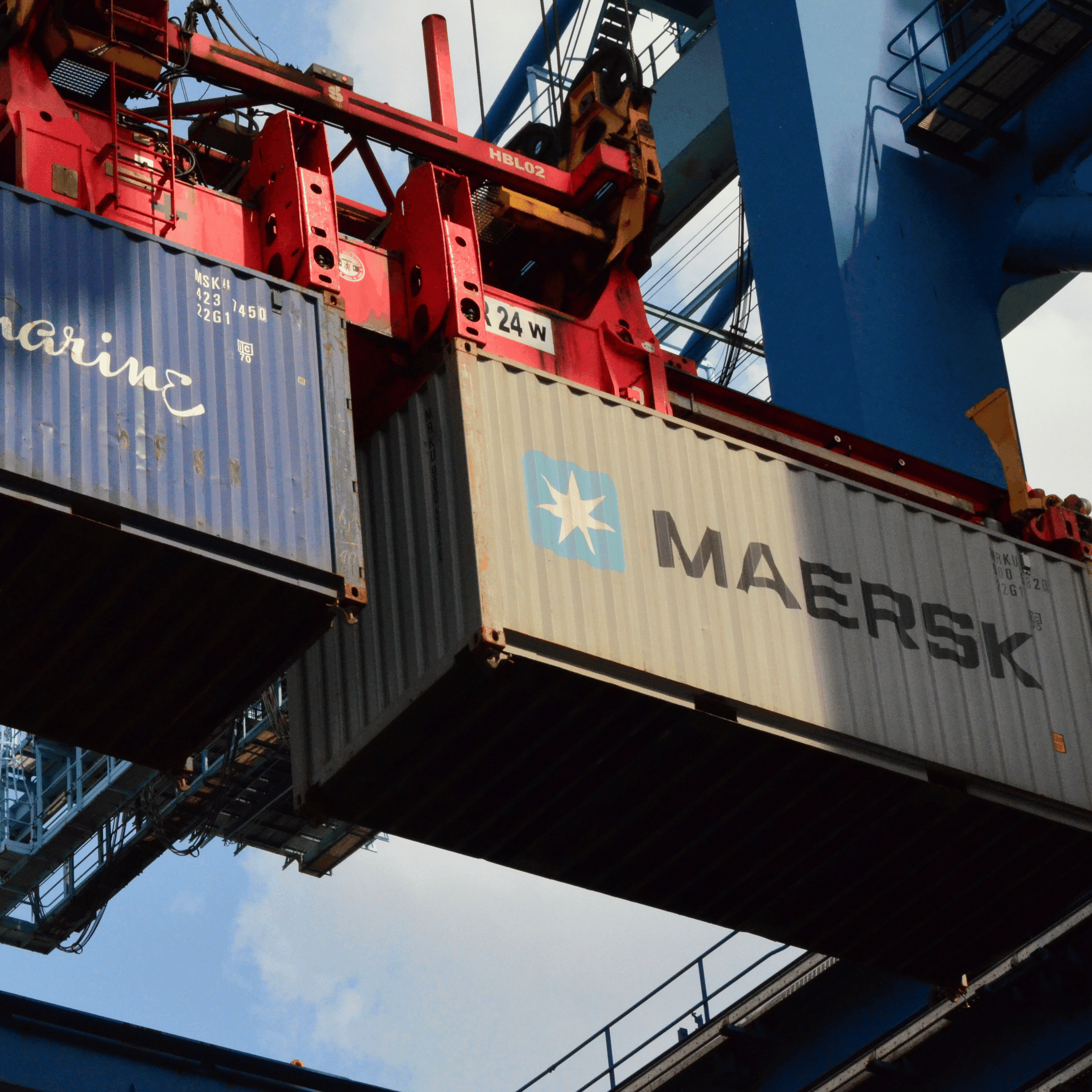
Long-Term Outlook for U.S. Ports and Supply Chains
Continued Pressure on West Coast Ports
While June’s volumes reflect robust activity, the underlying pressures of labor negotiations, infrastructure capacity, and environmental regulations will continue to shape operations at the Port of Los Angeles. These factors may drive some importers to diversify port usage to reduce risk exposure.
Potential Shifts in Trade Patterns
As companies adjust sourcing strategies, there may be a gradual shift in trade lanes away from China and through alternative ports, though supply chains remain deeply intertwined with Asia for the foreseeable future.
Key Takeaways for 3PLs, Importers, and Retailers
- Expect Volatility: Tariffs and trade policy changes will continue to drive short-term surges and declines in volume.
- Plan for Capacity Constraints: Increased demand for warehousing and drayage services will strain resources; early planning is essential.
- Monitor Costs Closely: Rising freight and tariff costs will impact profitability; flexibility in sourcing and routing will be key.
- Stay Agile: The ability to pivot operations quickly — whether through alternate ports, carriers, or sourcing regions — is now a competitive necessity.
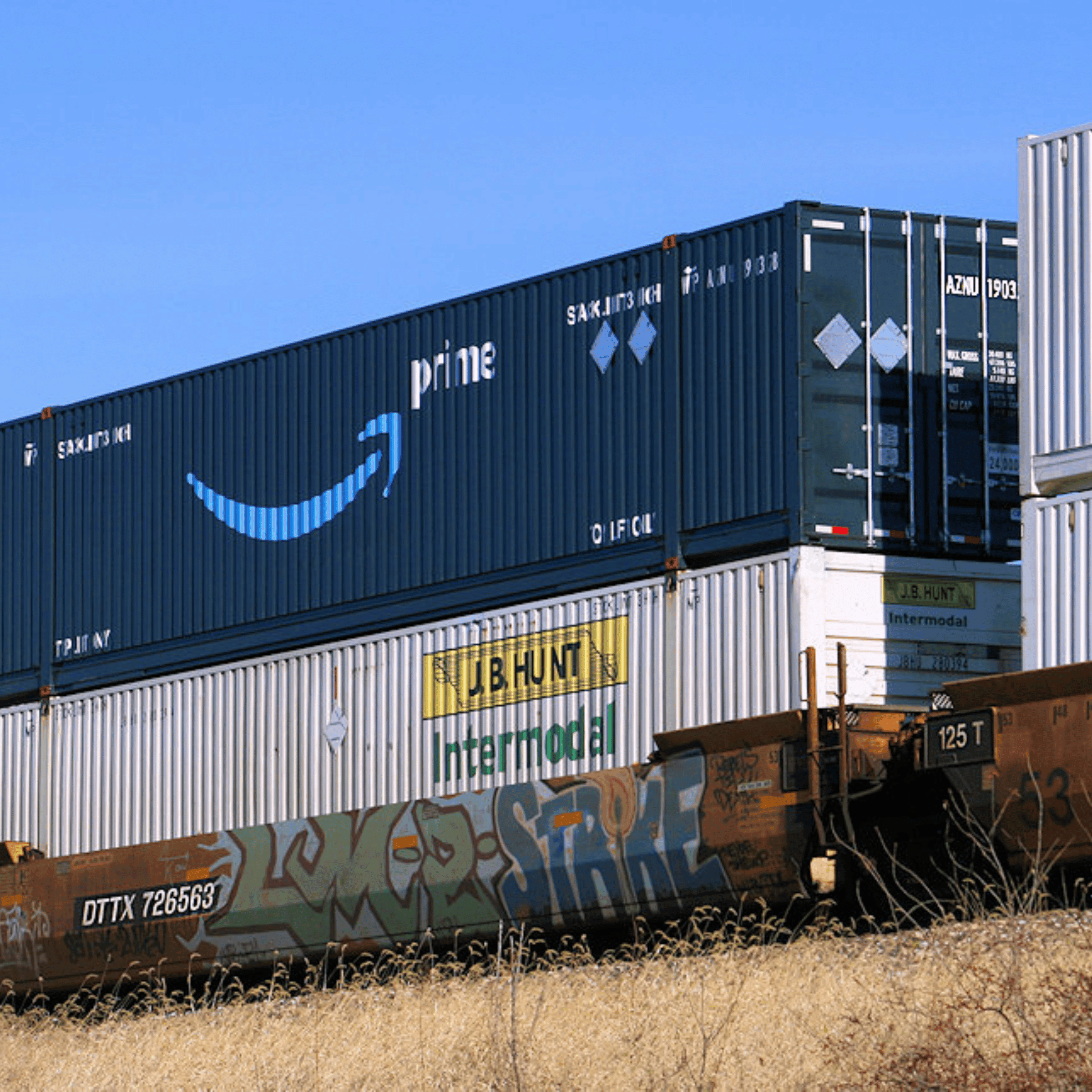
How Snapl Can Help Navigate Supply Chain Uncertainty
At Snapl, we specialize in helping importers and brands navigate complex supply chain challenges through:
- Bonded warehousing for tariff mitigation
- Ecommerce fulfillment across Shopify, Faire, and Amazon (FBA, FBM, SFP)
- Flexible transloading and distribution solutions
- Integration with Shipedge and direct API connections to Seller Central and Vendor Central
Our facilities are strategically located with capacity to handle increased volumes, allowing our customers to optimize supply chain efficiency even in turbulent market conditions.
Adapting to a Changing Trade Landscape
The record-breaking container volumes at the Port of Los Angeles reflect more than just temporary peaks in shipping activity — they illustrate the ongoing volatility and complexity of global supply chains. For 3PL providers, importers, and retailers, staying informed, agile, and prepared is essential to maintaining resilience and profitability in the face of tariff uncertainty and evolving trade dynamics.

Ready to strengthen your supply chain strategy?
Contact Us
